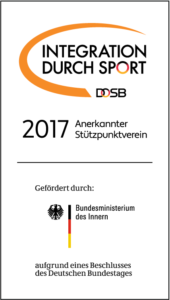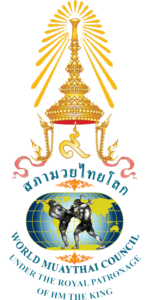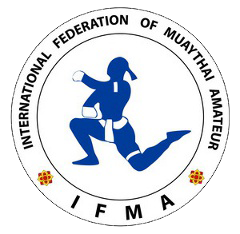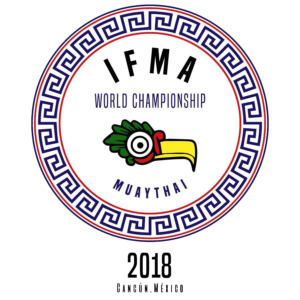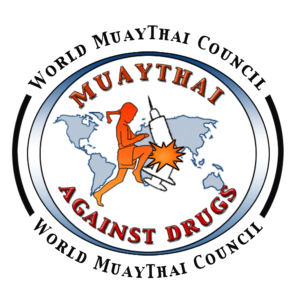The Northern Ireland Victims Commission was tasked with preparing a report on how to remember the 3,600 victims and 40,000 injured during the riots. On 13 May 1998, the Commission issued its recommendation on compensation for victims of violence and their support groups; An official ombudsman has been organized to deal with, among other things, the requests and complaints of victims, the creation of a physical monument. Under the agreement, the newly created Northern Ireland Assembly and the National Parliament of Ireland (Oireachtas) agreed to consider the establishment of a joint parliamentary forum composed of equal parts of both institutions. In October 2012, this forum was founded as the North/South Inter-Parliamentary Association. Significant progress has been made in implementing the recommendations of the Patten Commission. The first group of recruits to the Northern Ireland Police Service graduated in April 2002.1 Nevertheless, it was reported that some Catholic recruits had been subjected to „real intimidation“. Other reforms, such as the municipal police and the overhaul of the special department, have fallen behind in terms of implementation, as proposed by Supervisory Commissioner Tom Constantine. Therefore, in November 2002, Britain unveiled plans for further police reform.2 On Friday, April 10, 1998, at 5:30 p.m., .m., an American politician named George Mitchell – who chaired the talks – said: „I am pleased to announce that the two governments and the political parties in Northern Ireland have reached an agreement.“ After marathon negotiations, an agreement was finally reached on 10 April 1998. The Good Friday Agreement was a complex balancing act that reflected the three-pronged approach. In Northern Ireland, he created a new de décentraliséed assembly for Northern Ireland, with the requirement that executive power be shared by the parties representing both communities. In addition, a new North-South Council of Ministers should be set up to institutionalise the link between the two parts of Ireland. The Irish Government also undertook to amend Articles 2 and 3 of the Republic`s Constitution, which claimed Northern Ireland, to reflect instead the pursuit of Irish unity by purely democratic means while recognising the diversity of identities and traditions in Ireland.
.

